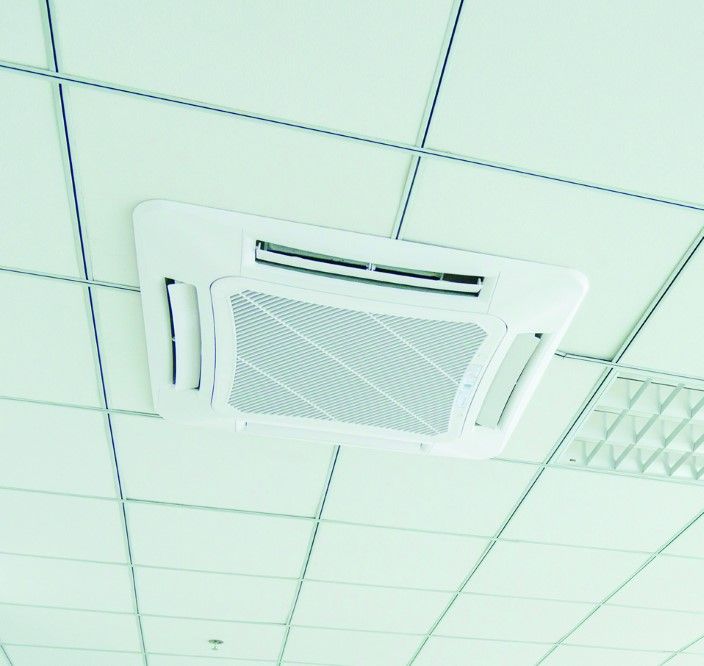
Good ventilation in classrooms is a vital tool in the fight against COVID, along with mask wearing, social distancing, rapid antigen testing and, of course, vaccination, writes journalist Sue Osborne.
The IEU Executive called on NSW Health to develop guidelines concerning ventilation, air filtration and other health measures to make the re-opening of schools as safe as possible for staff and students.
The union urges schools to carry out audits of their ventilation and consider improved filtration and air purifiers as students return to the classroom.
Audits were carried out in public schools before the return to class, with a plan to buy 10,000 air filters for schools where ventilation is inadequate.
Speaking on Channel 7’s Sunrise on 30 September, IEU Acting Secretary Carol Matthews said she was disappointed by the State Government’s lack of consultation with the union prior to the return to school.
“I don’t know whether our employers were consulted, I suspect they weren’t. It’s one thing for teachers to be ready for classes – I’m sure they will be – but quite another for the buildings to be ready for the students,” Matthews said.
“One thing we’ve learnt with the Delta variant is that good ventilation and filtration are really important, and you can’t do that overnight.”
Speaking with Ashleigh Gillon on Sky News’s NewsDay on 7 October, Matthews said: “We’d really like to see government guidelines apply to the non-government sector in terms of issues like ventilation, carbon dioxide monitoring, all those measures.
“Groups such as OzSAGE are putting out recommendations, but the government hasn’t actually even adopted those or strongly recommended them.”
Speaking on ABC’s The Drum on 30 September Wenona School Principal Dr Briony Scott said air filtration is “not going to be happening in most schools – or any school that I know of – before students start coming back”.
She also raised the NSW Government’s lack of consultation, saying she only found out about schools re-opening a week earlier via Twitter.
The union has written to school employers drawing their attention to this issue and asking them to act quickly.
Viruses such as COVID are spread by air droplets when infectious people cough or sneeze. They can stay in a room’s air for up to eight minutes.
Opening a window and increasing air circulation is a good way of reducing the risk of further infection. When this is not possible, air conditioning, air purifiers and CO2 sensors, which indicate when the air in a room is becoming stale, are also important. Germany is spending €500 million ($A800m) on improving ventilation in public buildings (BBC, 6 September).
UNSW air pollution expert Donna Green wrote in The Conversation recently that for $50 million, all Australian schools could be provided with High Efficiency Particulate Air (HEPA) purifiers, which can minimise the risk of COVID spread, as well as mitigating health risks from bushfire smoke.
Green notes that while this may sound like a big investment, it pales in comparison to the cost of lockdowns ($220 million a day in Sydney).
In New York, all classrooms needed to have two air purifiers installed before schools could re-open. In Australia, a new group of public health experts called OzSAGE, along with federal Labor, back a plan for improved ventilation in classrooms (SMH, 5 September).
Labor’s National Disability Insurance Scheme spokesman, Bill Shorten, said in the SMH that the federal government should do its homework on school ventilation, particularly for special schools.
OzSAGE member and ventilation expert Professor Lidia Morawska said improved ventilation in public buildings could reduce the number of people infected in outbreaks by 50 percent. Ventilation measures would be particularly useful in schools and early childhood centres, she said.


































































































































